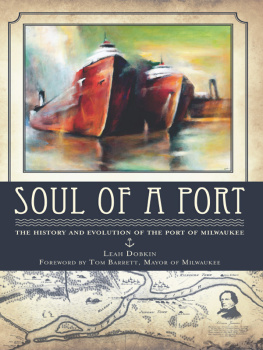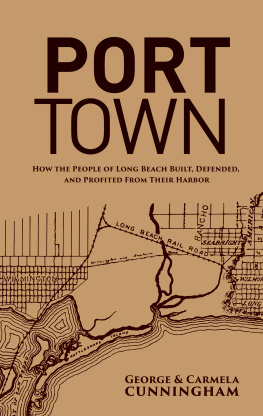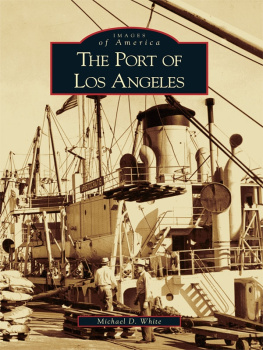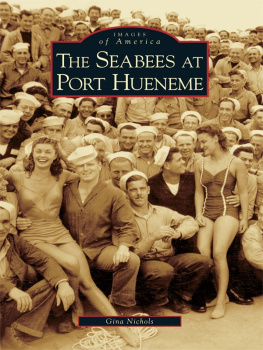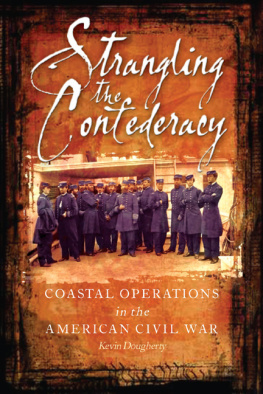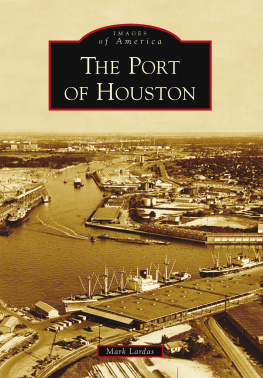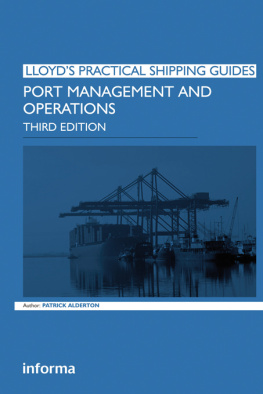The Port Royal Experiment
The
PORT ROYAL
Experiment
A Case Study in Development
Kevin Dougherty
www.upress.state.ms.us
The University Press of Mississippi is a member
of the Association of American University Presses.
Copyright 2014 by University Press of Mississippi
All rights reserved
Manufactured in the United States of America
First printing 2014
Library of Congress Cataloging-in-Publication Data
Dougherty, Kevin.
The Port Royal Experiment : a case study in development / Kevin Dougherty.
pages cm
Includes bibliographical references and index.
ISBN 978-1-62846-153-4 (cloth : alkaline paper) ISBN 978-1-62846-154-1 (ebook) 1. African AmericansSea IslandsHistory19th century. 2. African AmericansSouth CarolinaPort Royal RegionHistory19th century. 3. SlavesEmancipationSea IslandsHistory. 4. Self-reliant livingSea IslandsHistory19th century. 5. Public-private sector cooperationSea IslandsHistory19th century. 6. Social planningSea IslandsHistory19th century. 7. Economic developmentSea IslandsHistory19th century. 8. Political developmentSea IslandsHistory19th century. 9. Civil societySea IslandsHistory19th century. 10. Sea IslandsSocial conditions19th century. I. Title.
E185.93.S7D68 2014
305.89607307579909034dc23 | 2014013904 |
British Library Cataloging-in-Publication Data available
This book is dedicated to all those
involved in nation building
and developmental efforts,
especially those in the military.
Contents
CHAPTER ONE
Setting the Stage for the Port Royal Experiment
CHAPTER TWO
Planning Postcombat Operations
CHAPTER THREE
A Survey of Philanthropic Society Activity at Port Royal
CHAPTER FOUR
Developments Different Meanings to Developers and Stakeholders
CHAPTER FIVE
The Development of Civil Society
CHAPTER SIX
Refugees and Families
CHAPTER SEVEN
Economic Development and Land Redistribution
CHAPTER EIGHT
Political Development and Democratization
CHAPTER NINE
Spoiler Problems and Resistance
CHAPTER TEN
The Hand in the Bucket: Sequencing and Perseverance
The Port Royal Experiment
Introduction
The seminal work on the Port Royal Experiment remains Willie Lee Roses 1964 Rehearsal for Reconstruction: The Port Royal Experiment. This present volume does not seek to compete with Roses classic. Rather, it hopes to build on Roses and other scholarship to present the Port Royal Experiment and the years immediately following it not as a historical narrative but as a case study of what is now called development and nation building. While the concept of development is subject to a variety of interpretations, in this context it is considered to be positive, continuously improving, and sustained change across a variety of human societal conditions. Clearly such an effort was at the heart of the Port Royal Experiment. While the term nation building may be slightly inappropriate given that no nation per se was the target of these efforts, the requirement to build institutions critical to nation building operations was certainly a large part of the Port Royal Experiment and offers many lessons to be learned.
The Port Royal Experiment: A Case Study in Development is divided into ten chapters, each of which is designed to treat uniquely a particular aspect of the experience. , A Survey of Philanthropic Society Activity at Port Royal, identifies the principal relief agencies, several of which were formed in specific response to the crisis, that filled the void caused by the lack of a more deliberate plan. Every organization had its own capabilities, limitations, agenda, and challenges as they struggled against difficult odds to do the best they could on behalf of the freedmen.
, Refugees and Families, chronicles the efforts to accommodate those displaced by the war and in need of shelter on the Sea Islands. As part of this discussion, the importance of strong families within the context of development is also highlighted.
, The Hand in the Bucket: Sequencing and Perseverance, offers one explanation why the spoilers were successful. In general terms, the United States decided not to sustain its developmental effort on the Sea Islands and elsewhere in the former Confederacy. Within the Port Royal Experiment itself, the necessary institutions were not sufficiently in place before full-fledged liberalization was left to survive on its own.
Each chapter presents the case study in the context of more recent developmental and nation building efforts in places like Bosnia, Somalia, Kosovo, Iraq, and Afghanistan and incorporates recent scholarship in the field. The Port Royal Experiment: A Case Study in Development is designed to appeal to a wide audience with such varied interests as the Civil War, the military, nongovernmental organizations, governmental bureaucracies, African Americans, South Carolina, and nation building. In addition to these general themes, each case study is written so it can be used individually as part of an in-depth examination of a particular aspect of development. Modern readers will no doubt see that the challenges which faced the Port Royal Experiment remain relevant and their solutions remain elusive.
CHAPTER ONE
Setting the Stage for the Port Royal Experiment
The Sea Islands of South Carolina are a series of various-sized tidal and barrier islands cut by salt creeks and marshes, sounds, and rivers. Bounded by the Broad River to the west and the Coosaw River to the north, Port Royal Island lies about fifty-five miles south of Charleston, South Carolina, and about thirty-five miles north of Savannah, Georgia. At the time of the Civil War, it contained the sleepy harbor of Port Royal and the town of Beaufort, the only community of any size in the area. About two thousand people lived in Beaufort year-round, but in the summer the population would double as wealthy planters returned to occupy their stately homes. To the east of Port Royal Island, across the Beaufort River, lies Ladys Island, and southeast of that is St. Helena Island. St. Helena is about fifteen miles long and six miles wide. It is protected from Atlantic storms by a number of smaller islands, including Hunting Island. All these islands are bounded by Edisto Island, which lies across the St. Helena Sound to the north and Hilton Head Island across the Port Royal Sound to the south. Numerous other islands such as Parris, Morgan, and Eddings dot the region, and lesser waterways such as Station Creek, Trenchards Inlet, and Morgan River wind through it.
Sea Island Cotton
It was only on these Sea Islands of South Carolina and the northernmost islands of Georgia that the finer varieties of Sea Island
Such bounty did not come easily, and the care and labor involved in reaping the harvest was extensive. Expert planters selected only the finest seeds and painstakingly guarded their secrets. The preparation of the fields required heavy manuring drawn from the marsh mud. The plants needed many hoeings, performed with long, heavy cotton hoes due to the scarcity of plows. Pickers had to exercise special care to free the cotton of dirt as they picked, and the lint required special handling during its preparation for market. Bolls opened slowly, and the picking season could last six months. In the process, this long growing season subjected the crop to various natural threats such as too much or too little rain, pests, and hurricanes. The result was that raising Sea Island cotton was a year-round operation, made possible only by rigorous attention to detail and massive amounts of slave labor. In fact, by 1861, nearly 83 percent of the total Sea Islands population was made up of slaves.


